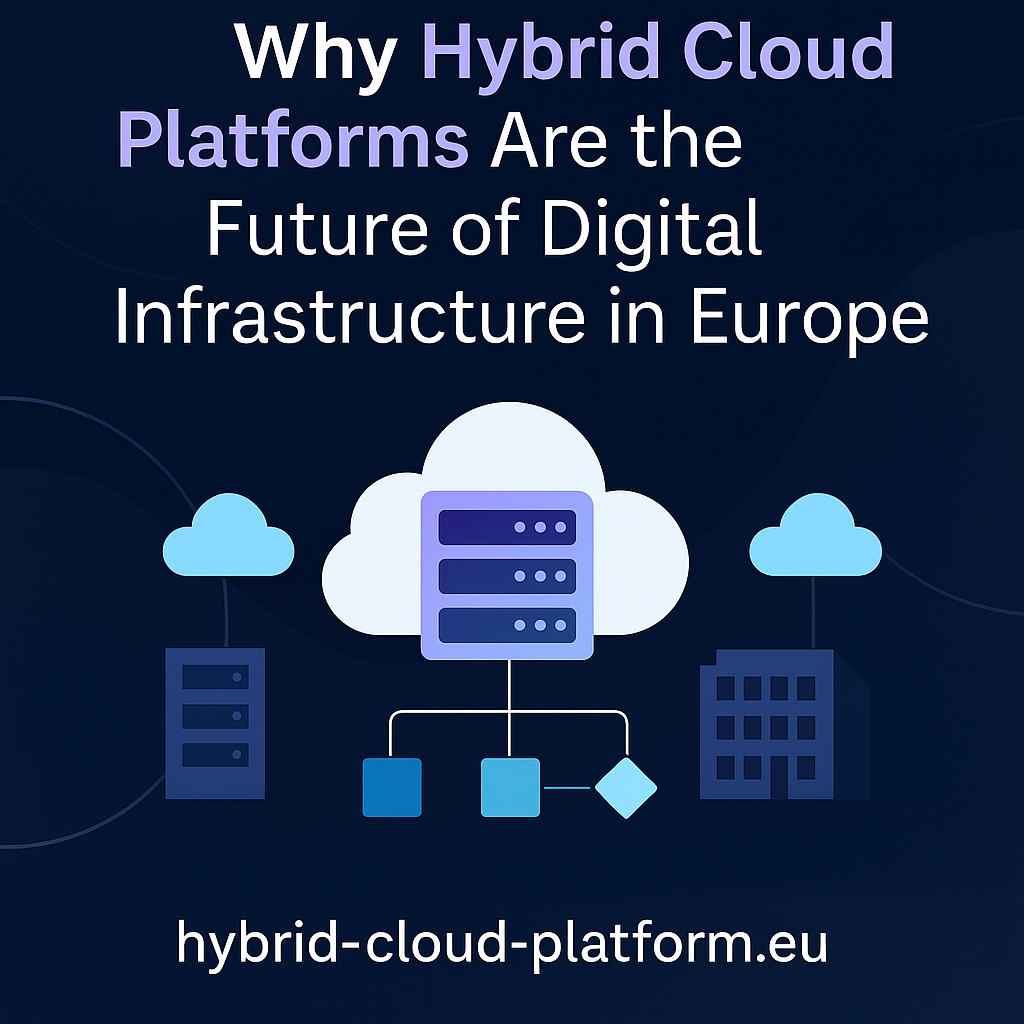Understanding SLA Differences in Hybrid Cloud Components

Understanding SLA Differences in Hybrid Cloud Components
Hey there, cloud enthusiasts! Today, I’m really excited to dive into the fascinating world of Service Level Agreements (SLAs) and how they vary across different components of a hybrid cloud environment. If you’ve ever wondered why these agreements can sometimes feel like a labyrinth, you're definitely not alone!
So, let's break it down. In the realm of hybrid cloud, we’re talking about a mix of public and private cloud infrastructures, each with its own quirks and promises. When it comes to SLAs, each component—be it storage, computing, or networking—tends to offer different levels of service guarantees. This can be as varied as promising uptime, data retrieval times, or even how quickly support issues get resolved. And believe me, it’s all in the details.
For instance, a public cloud provider might boast a 99.9% uptime guarantee for its compute services, which sounds impressive until you realize the private cloud component you’re using as part of your hybrid setup offers a slightly different figure. This is where things can get a bit tricky. You really need to keep an eye on how these SLAs align—or sometimes clash—with each other.
Moreover, when we consider the topic of cloud sovereignty, things get even more interesting. Sovereign clouds often come with their own sets of regulations and standards, which can impact SLAs significantly. This is particularly crucial if your business operates across different jurisdictions with varying compliance requirements. It’s a bit like piecing together a puzzle, where every bit matters.
Another aspect worth mentioning is portability. In a hybrid cloud environment, you might need to move applications and data between different clouds. The SLAs should clearly outline what happens during these transitions. Are there guarantees in place for potential downtime or data loss? These are crucial questions to ask.
If you’re diving deeper into this world, I highly recommend checking out LayerOps. They have some fantastic resources on hybrid clouds, sovereign clouds, and how to manage portability issues effectively. Their insights have been invaluable in helping me understand these concepts more thoroughly.
So, there you have it. Navigating SLAs in a hybrid cloud setup isn’t just about understanding individual components but also about seeing the bigger picture and how all these elements work together. And honestly, that’s part of the fun—figuring out how to make it all fit seamlessly.
Until next time, keep exploring and happy cloud computing!